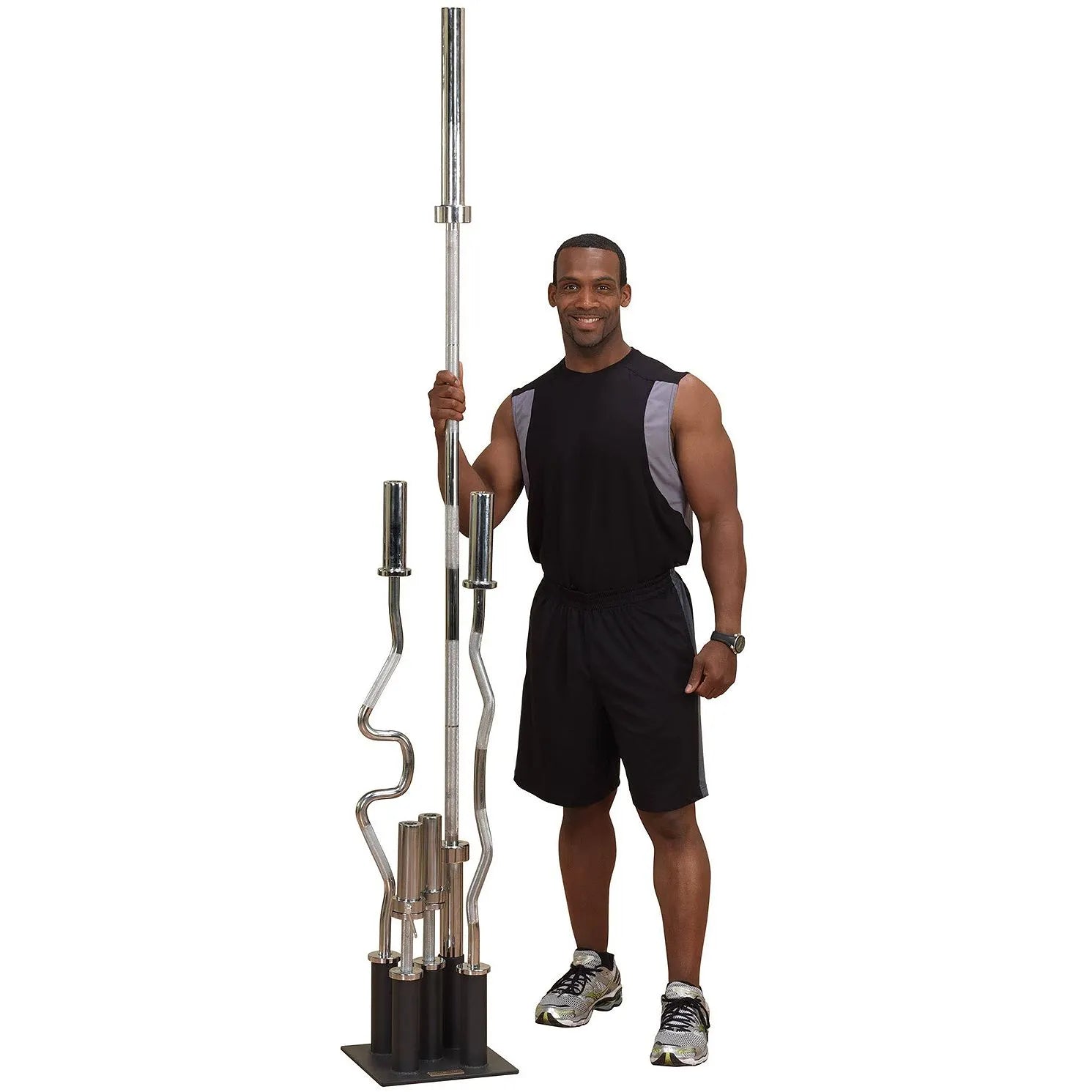In the world of fitness, trends come and go. One year it's high-intensity interval training, the next it's a focus on yoga and mobility. While these all have their place, the fundamental truth of building a strong, resilient body remains unchanged: lifting heavy things is the fastest, most efficient path to long-term health and functional strength. And at the very heart of this principle, both in top-tier commercial facilities and in the humblest of home setups, is one indispensable piece of equipment: the Olympic bar.
For anyone serious about building a home gym, an Olympic bar isn’t just another purchase; it's a lifelong investment. It is the cornerstone around which an entire strength program can be built, offering a level of versatility and progression that no other piece of equipment can match. While the variety of gym equipments today is astounding—from kettlebells to resistance bands and cutting-edge cardio machines—the Olympic bar stands alone in its ability to facilitate true, progressive full-body strength training.
What Separates a Quality Olympic Bar?
Before we delve into the "why," it’s crucial to understand what constitutes a quality Olympic bar. Not all barbells are created equal. The standard, inexpensive "gym rod" you might find at a big-box store pales in comparison to an Olympic-grade bar. Several key features distinguish a quality bar:
-
Tensile Strength (PSI): This is a measure of the bar's durability and its ability to withstand heavy loads without breaking or permanently bending. A good all-around bar should have a tensile strength of at least 165,000 PSI, while a top-of-the-line powerlifting bar can exceed 200,000 PSI. This rating is your assurance that the bar can handle your heaviest lifts and grow with you.
-
Whip: This refers to the bar's ability to flex under a heavy load and then snap back. This "whip" is a critical feature for Olympic lifts like the clean and jerk, as it helps generate momentum. Powerlifting bars, by contrast, are more rigid, providing maximum stability for heavy squats and deadlifts.
-
Sleeve Rotation: The sleeves on an Olympic bar are designed to spin independently from the shaft. This feature is crucial for preventing wrist and elbow injury during dynamic movements, as it allows the weight plates to rotate smoothly, reducing the torque on your joints. High-end bars use bearings for a superior, frictionless spin, while more affordable options use bushings.
-
Knurling: The cross-hatched pattern on the bar's surface, known as knurling, provides grip. The quality of this knurling—its depth and pattern—is essential for a secure hold without ripping your hands. A good bar will have a medium-depth knurl that offers a firm grip for both heavy deadlifts and lighter accessory work.
The Foundation of Full-Body Strength
A quality Olympic bar unlocks a universe of exercises that target virtually every muscle in your body, from your head to your toes. This is the power of compound movements—exercises that engage multiple muscle groups and joints simultaneously. The three foundational lifts—squats, deadlifts, and overhead presses—form the bedrock of any serious strength program and are best performed with an Olympic bar.
-
The Squat: Often called the "king of all exercises," the barbell squat works your quads, hamstrings, glutes, and core. It builds foundational lower-body strength that translates to improved performance in everything from running to climbing stairs.
-
The Deadlift: This is arguably the most effective full-body exercise. The deadlift engages your entire posterior chain—from your hamstrings and glutes to your back and traps. It teaches you how to lift heavy objects safely and builds raw, functional power.
-
The Overhead Press: A powerful upper-body exercise that targets your shoulders, triceps, and upper chest, while also requiring significant core and lower-body stability. It builds the kind of real-world strength that is often overlooked in favor of isolation exercises. By focusing on these and other Olympic bar exercises, you are not just building bigger muscles; you are building a more robust, stable, and functionally strong body. This kind of strength is your best defense against the injuries and physical decline that often accompany ageing.
A Global Standard, from Riyadh to Your Garage
The Olympic bar is a universal standard in the fitness industry. Whether you're in a high-tech facility in Riyadh equipped with the latest gym equipment in Saudi Arabia, or setting up a personal space in your garage, the Olympic bar is the one constant. The high-performance standards of commercial gym equipments are a testament to the effectiveness and durability of this tool. The bars found in competitive powerlifting and Olympic weightlifting gyms, often manufactured to strict international specifications, are designed to withstand years of brutal use. This same reliability is what you should seek for your home setup.
The beauty of the Olympic bar is its scalability. With a set of weight plates, it can be adjusted for a beginner's first lifts or loaded up for an elite athlete's one-rep max. It allows for the principle of progressive overload, which is the key to continuous strength gains. You don't need a huge variety of machines; you just need to get stronger with the ones you have.
In a world where many fitness trends are about instant gratification, investing in a quality Olympic bar is a commitment to a long-term journey. It is a promise to yourself to build a foundation of strength that will serve you for decades to come. So, if you're serious about your health and longevity, make the Olympic bar the very first piece of gym equipments you acquire. It's an investment that will pay dividends for the rest of your life.

